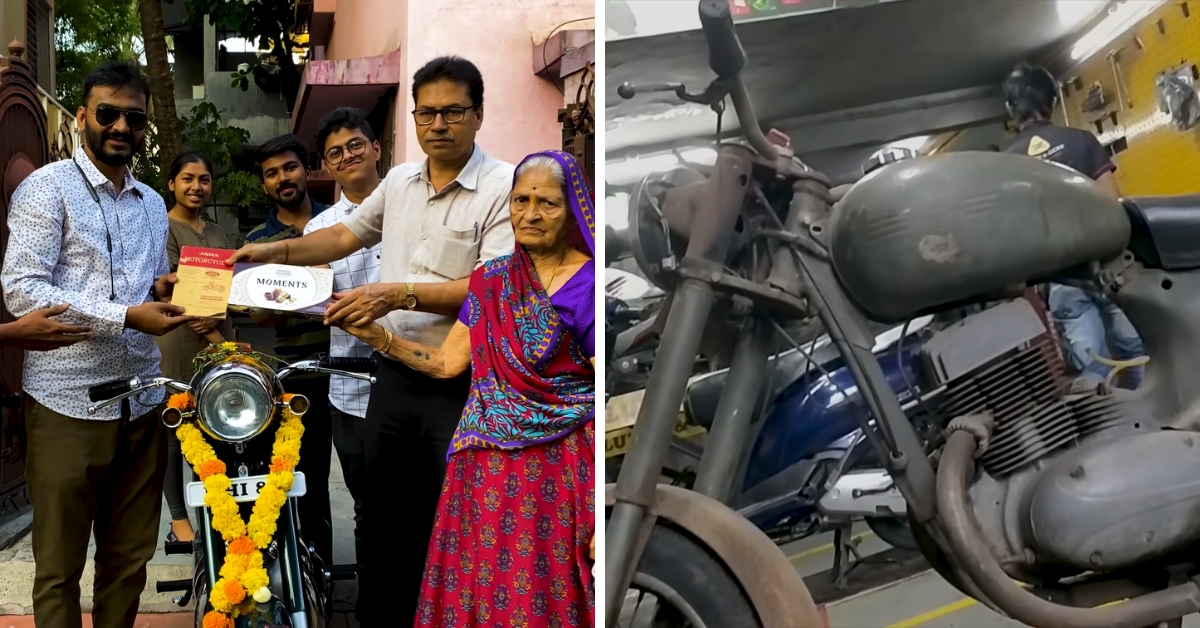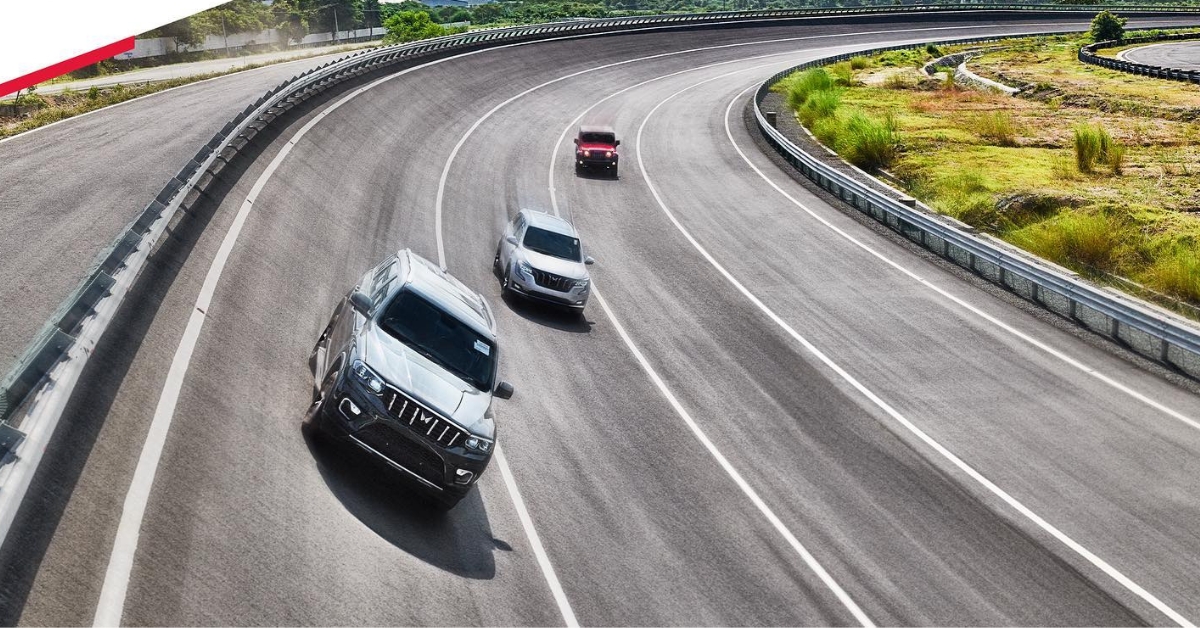Delhi’s UER 2 promises swift IGI Airport connectivity, transforming urban mobility. A step towards efficient transport and a sustainable future.
Table of Contents
New Delhi – In a recent announcement that promises to reshape urban mobility in the nation’s capital, Union Transport and Highways Minister Nitin Gadkari unveiled plans to drastically cut down travel time for Delhi’s air travelers and commuters.
The Game-Changer: Urban Extension Road 2 (UER 2)
At the 27th World Road Congress in Prague, Gadkari revealed the impending inauguration of the Urban Extension Road 2 (UER 2), a paramount ring road project in Delhi.
This ambitious initiative aims to reduce the commute to the Indira Gandhi International (IGI) Airport to just 20 minutes, slashing the present two-hour ordeal.
Direct Access to IGI Airport
One of the standout features of the UER 2 is its direct link to Terminal 3 (T3) of IGI Airport. The project boasts a monumental tunnel built at the Shiv Murti Junction, enabling effortless transit to T3 right from beneath the airstrip.
This strategic connection will undoubtedly be a boon for international and domestic travelers, ensuring they no longer have to grapple with Delhi’s notorious traffic snarls.
“This development is set to revolutionize urban mobility by speeding up airport commutes and addressing the city’s infamous traffic bottlenecks.”
Nitin Gadkari
Gadkari conveyed this during his speech.
A Boon for Delhi’s Economy
Beyond its transportation advantages, the UER 2 will also bolster the economic dynamism of Delhi.
By ensuring the smooth movement of goods and people, it is bound to boost the city’s commerce and industry considerably.
India’s Leap Towards Sustainable Transport
In the broader context, the minister painted a vision of India’s automotive future.
He highlighted the nation’s audacious goal of emerging as the world’s leading automobile manufacturing hub in the next three to four years.
The rapid growth of the Indian automobile sector was accentuated, with its value skyrocketing from Rs 4.5 lakh crore to Rs 12.5 lakh crore within nine years, spawning employment opportunities for an estimated 45 million individuals across the country.
However, the vision continues.
Gadkari emphasized the government’s determination to phase out traditional fuels like diesel and petrol.
Citing the instance of Nagpur, where vehicles run on bio-CNG, he shed light on India’s aspirations to transition towards greener and sustainable energy sources, aligning with global sustainability goals.
As Delhi, and by extension India, steps into the future, the UER 2 project and the push for sustainable transportation signal the nation’s unwavering commitment to its citizens and the environment.






